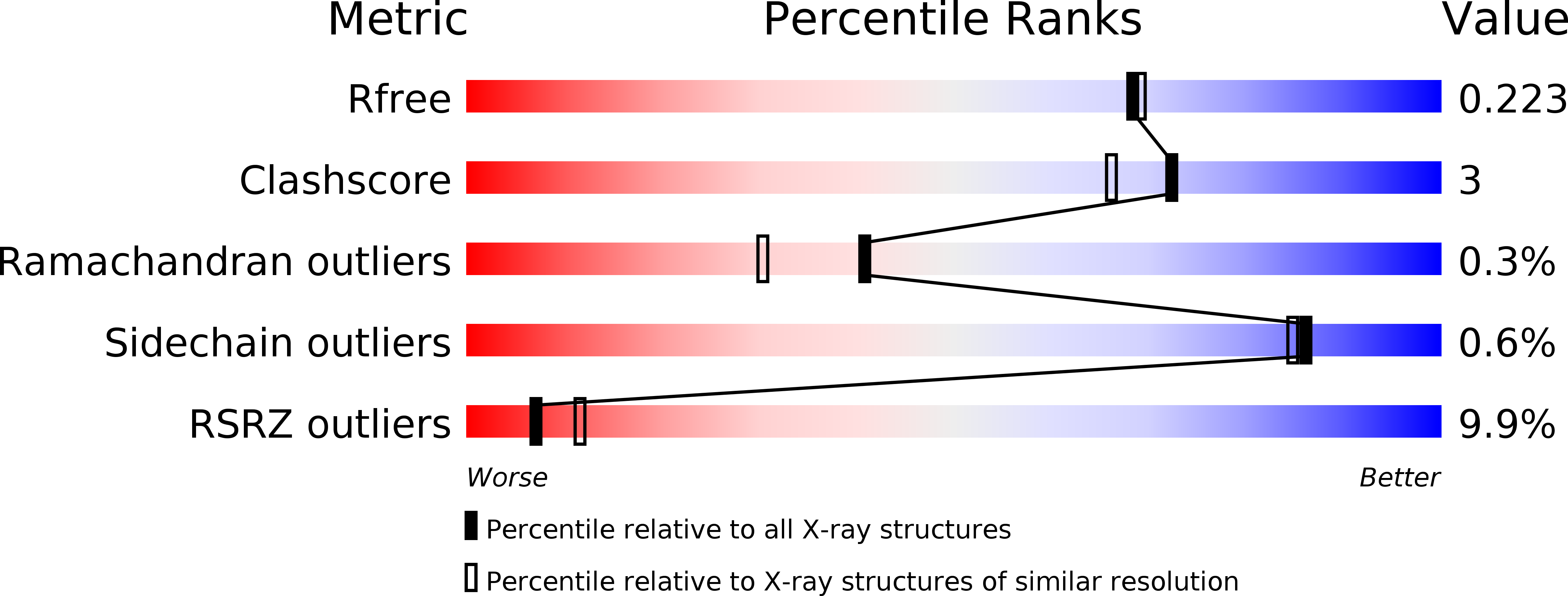
Deposition Date
2014-01-21
Release Date
2014-04-16
Last Version Date
2023-09-20
Entry Detail
PDB ID:
4OJM
Keywords:
Title:
Crystal structure of a C-terminally truncated CYT-18 protein including N-terminal residues
Biological Source:
Source Organism:
Neurospora crassa (Taxon ID: 367110)
Method Details:
Experimental Method:
Resolution:
1.95 Å
R-Value Free:
0.21
R-Value Work:
0.16
R-Value Observed:
0.17
Space Group:
C 1 2 1


